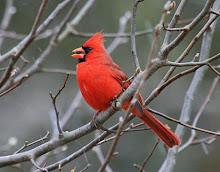When I was a kid, I thought nothing would have been better than to have been an Indian brave -- or what I knew in my heart I would have been -- a brave little white girl adopted by the Indians. They had horses. Bows and arrows. SPEARS. Sneaked up on any and everything without being sussed out. Made all their own stuff. They wore paint on their faces and painted their ponies' hindquarters with all sorts of symbols and cool stuff. They stayed up late by campfires, singing and dancing and smoking the peace pipe. Or the war pipe, in some cases.

Yep. Sad but true, as a kid, I fell for all that stuff crammed down our throats by Hollywood and sanitized textbooks before I found out about all the broken promises, not to mention blankets given to our brothers and sisters on the Plains and in the forests by our Pilgrim forebears, all of these blankets known by those good Christian folks to be infected with smallpox. And this was before I read Bury My Heart At Wounded Knee.
That certainly changed how I looked at things.
My internal landscape and my happy fantasies of a free and clear life turned a bit darker then. Reality does that, you know.
Now to see anything remotely and truly Native, one has to go into museums. And even then, I wonder -- is this real? Cleaned up? Prettied up for all the blue eyes?
Okay, okay, enough politicizing.
That's white war paint on his face, with faint black lines, and he wears a raven as his headdress.
As you know, ravens and crows are particularly important in most cultural mythologies, even our own.
I'll be back this weekend with the Rest of the Best from It's Not Easy Being Green.
Take care.
Candace in Athens.











